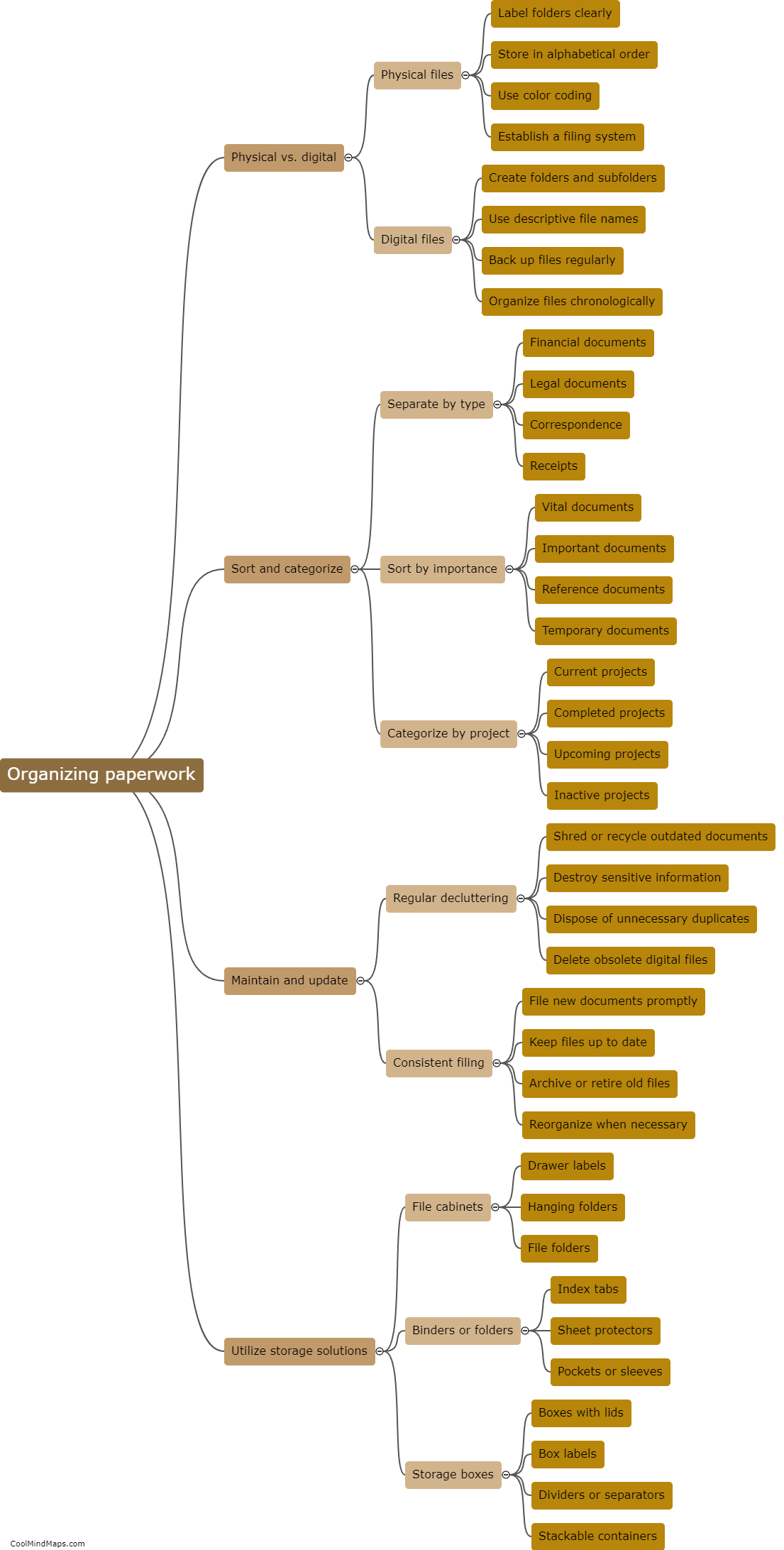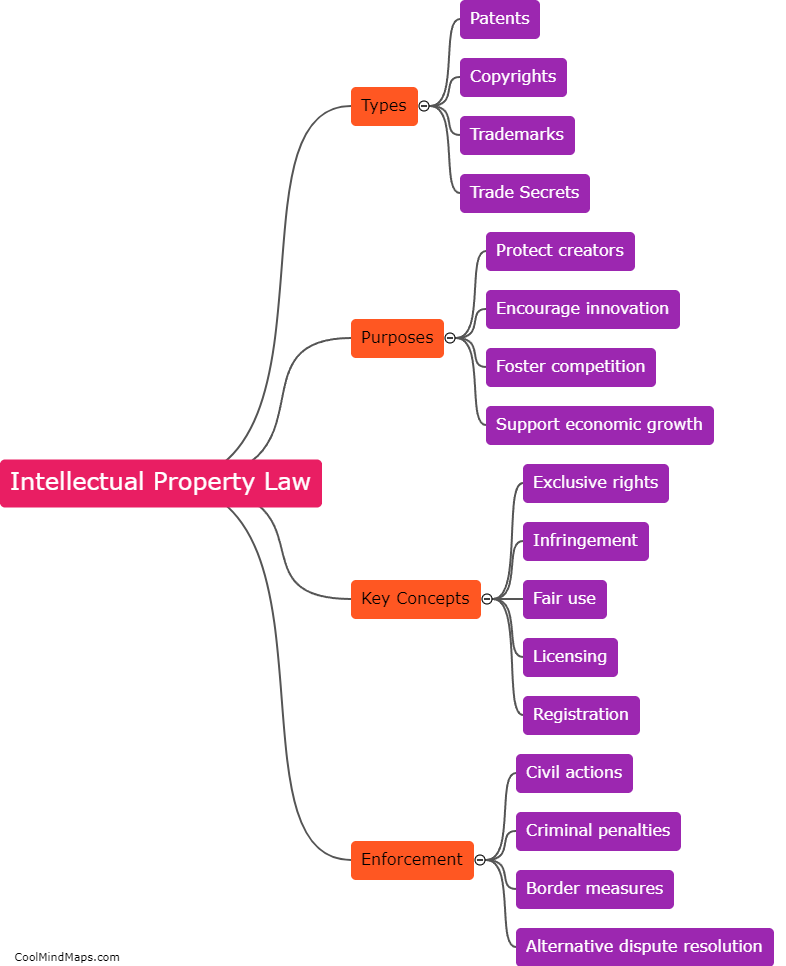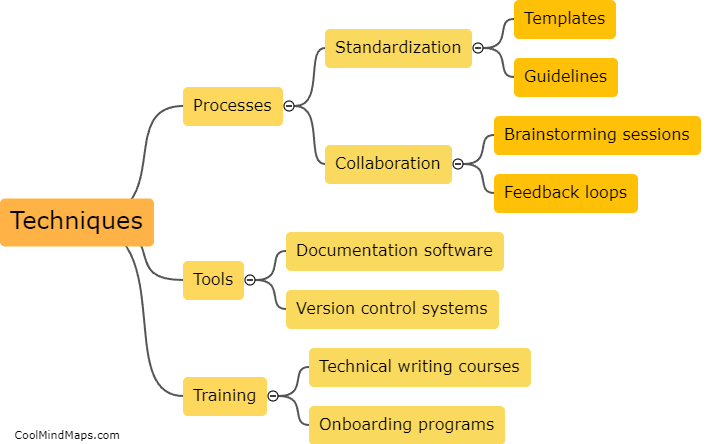What are the best practices for organizing paperwork?
Organizing paperwork is an essential task to ensure efficient and streamlined operations, both at work and home. The best practices for organizing paperwork revolve around a systematic approach that includes categorization, labeling, and storing items appropriately. Firstly, start by sorting the documents into broad categories such as financial records, contracts, receipts, and personal documents. Within each category, establish subcategories for more specific organization. Next, label files and folders clearly, using descriptive names or dates to easily locate them later. It is also crucial to establish a filing system that works for you, whether it's a physical filing cabinet or a digital folder structure. Regularly review and purge unnecessary paperwork to avoid clutter. Finally, backup important documents electronically to ensure their safety and accessibility. By following these best practices, you can streamline your workflow, save time searching for documents, and maintain a well-organized and tidy workspace.

This mind map was published on 31 August 2023 and has been viewed 102 times.











